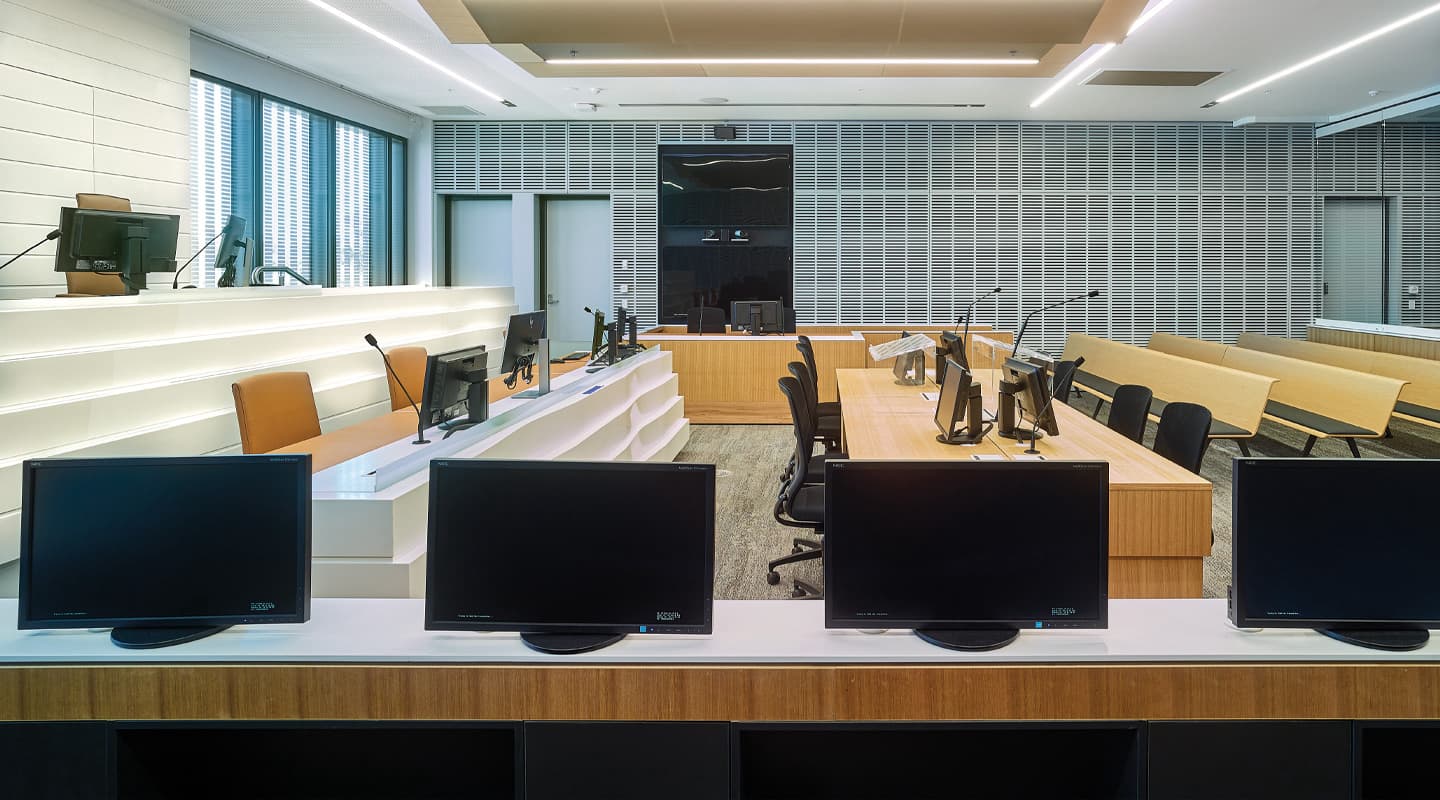
Justice: Different League
A $73m courthouse provides a new benchmark in access to justice. The AV provides the truth and nothing but the truth.
Text:/ Christopher Holder
Technology plays a vital role in the modern courtroom. But often it’s shoe horned and retrofit into architecturally forbidding buildings of yore.
Not so in the regional city of Shepparton, which has a freshly minted $73m courthouse, where a tailor-made audiovisual technology has been designed to best serve justice.
We spoke with Mark Wilde, a director of Architectus, and one of the principal project architects. Mark’s LinkedIn profile is illuminating. He calls himself an ‘innovative justice space designer motivated by principled concerns’. Here is an architect who wants to get the design of a courtroom right, and to incorporate technology in an appropriate way.
AV Asia Pacific also caught up with Mark Hanson and Mark Thompson from ICE Design, the appointed AV and acoustic consultants. ICE Design is equally invested in delivering excellence in courtroom design and has a longterm association with international justice research group, The Court of the Future Network.
VC PLUS PLUS
“In years gone by, technology was first introduced to permit a witness to give evidence in a trial from a remote location,” explains Mark Wilde from Architectus. “Either in another room or somewhere else entirely.
“That same idea has gone a little further, to see a person in custody do the same thing. So a person could appear in the court room from a holding room or from a jail where they’re accommodated.
“Another step further again, and something we’ve accommodated at Shepparton, is for the judge to be able to do the same. So a judge could be in Melbourne, for instance, and their image would appear in the courtroom and be seen to control the court on short procedural matters.
“All of that is standard, day-to-day audiovisual technology, but there’s an extra layer of sensitivity involved.
“It’s very important for other occupants of the courtroom that the images of these people appearing remotely be in their correct locations and in lifelike size, colour rendition and sound reproduction. Crucial.
“We’ve tried to get as close as possible to a replication of those virtual people in the room to ensure any disruption to normal proceedings are kept to an absolute minimum.”
LIFESIZE POLYSTYRENE
Ingeniously, Architectus went further than an architectural fly-through in software, and mocked up a courtroom in one-to-one scale polystyrene.
This allowed Architectus to invite all the stakeholders into the space at one time, and air any concerns or feedback in a shared forum.
During these sessions Mark Wilde mentioned that the size of various displays were modified to ensure the appropriate scale for jurors and witnesses.
WHO & WHAT
The development provides 7900sqm of space over five stories, comprising six main courtrooms, along with a large number of interview rooms and break out spaces. Separate facilities are provided for juries, the judiciary, law enforcement officers, legal services, and staff and all required administrative services.
Builder: ADCO Construction
Principle Consultant: Architectus + GHD Woodhead + Guymer Bailey Architects
AV & Acoustic Consultant: ICE Design
AV Integrator: Rutledge AV
EFFORTLESS LISTENING, YOUR HONOUR
Mark Hanson and Mark Thompson had spent many hours researching the AV of the courtroom of the future and relished the prospect of designing the AV of a self-proclaimed ‘exemplar’ courtroom — a benchmark Court Services Victoria facility.
What particularly got the client’s attention,” recalls Mark Hanson “Was the promise of a courtroom acoustic and sound system design that achieved high levels of speech intelligibility resulting in effortless listening conditions, regardless of where you sit in the courtroom.”
Traditionally, a courtroom’s sound reinforcement system would rely on an uncontrolled distribution of ceiling loudspeakers. Adequate coverage aside, there’s no attempt to localise the sound — audio simply emanates from overhead rather than from the judge or counsel.
The design is based on ceiling-recessed line array loudspeakers from Acoustic Technologies.
“If you’re at the bar table reading some papers and you hear a voice,” notes Mark Hanson. “You can now respond to the direction of the voice — whether that be from the judge or the witness box.”
REVEAL YOUR SOURCE
Thanks to a regimented coordinated design process that included advanced acoustic modelling, meticulous placement of equipment and full room acoustic design, amplified speech sounds natural and appears to originate from the direction of thos speaking in the courtroom, be they physically present or beamed in via Cisco VC.
“With all those factors working together we were able to achieve an equivalent acoustic distance of about 1.5m,” explains Mark Hanson. “By which I mean, regardless of how loud an individual’s voice, the system reproduces the voice at a level you might expect if conversing at a comfortable distance 1.5m apart.”
Effortless communication also extends to those not in the room.
“A remote witness might be feeling anxious or vulnerable,” continues Mark Hanson. “But if the properly specified display is placed in the correct courtroom position, using the correct camera location and framing of the participants, perceived eye contact can be established for more natural communication, which assists the witness to feel that they’re talking to people and not simply being beamed into a room full of strangers.”
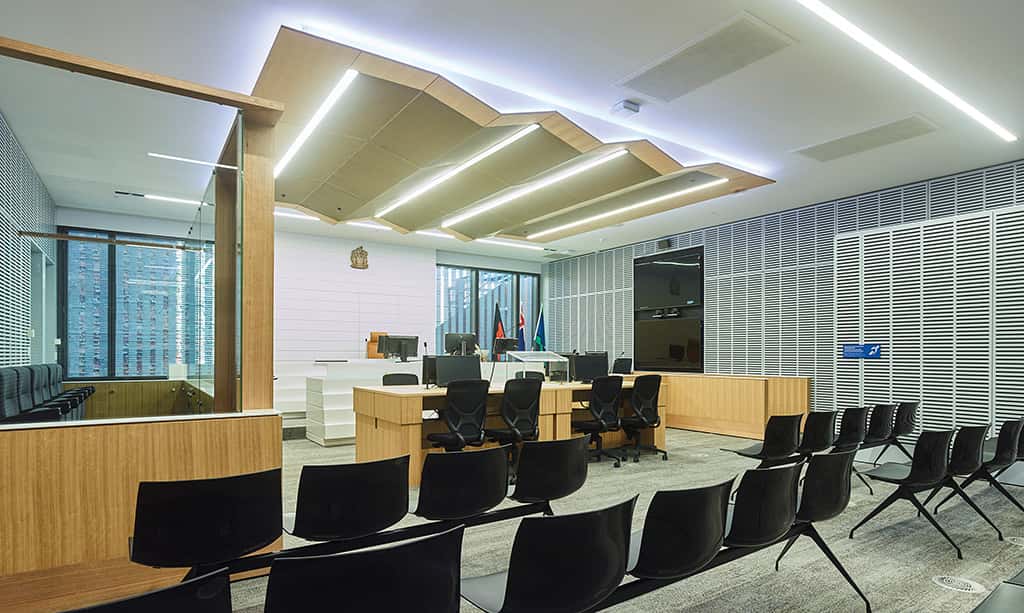
OPEN & SHUT CASE?
During the design stage, ICE Design sandboxed an iMAGsolutions video over IP solution: a product called Lightning — a SDVoE-based solution that promises uncompressed, zero frame latency video, up to 4K over a standard IP network.
“We demonstrated the capabilities of the Lightning video over IP solution to Court Services,” recalls Mark Thompson. “Demonstrating the negligible latency and the image quality. They were very happy with the proposal.”
Unfortunately a budgeting snafu meant costs had to be cut. Court Services Victorian is a Cisco house and the Cisco 10Gb switches the iMAGsystems Lightning system needs were downgraded to 1Gb.
Thanks to the good rapport developed with iMAGsystems, ICE Design chose its JPEG2000 compressed 1Gb alternative, Thunder, to fulfil the task of routing AV throughout the courthouse, and the sensitive task of ensuring the remote participants in the courtroom were accurately represented.
THUNDER ROLLS IN
iMAGsystems’ JPEG2000-based 1Gb solution, Thunder, has filled the breach more than adequately, providing more than presentable performance.
The court clerk controls the switching of sources and destinations in court proceedings. Something that’s not instantaneous.
“We need, and have, that switching flexibility,” notes Mark Hanson. “But instantaneous switching isn’t essential. In fact, when the court officer is preparing a video link, having that time to prepare the court can be an advantage.”
MARRYING THE ‘A’ & THE ‘V’
It’s still early days for AV over IP. A project such as this illustrates its many advantages, but also the way in which the market isn’t entirely ready and vendors not entirely ticking all of the clients’ boxes.
Reflects Mark Thompson: At the time, there were no readily available AVoIP solutions that also provided internal audio DSP. This led us to explore a separate audio over IP solution that would allow us to utilise the standard network infrastructure and provide the DSP we required. For this reason Q-SYS was agreed and implemented alongside Thunder. Q-SYS also allows you to directly ingest an audio stream, so once a device such as a laptop was connected in the courtroom, the AV was transported via the Thunder system and we could simply route the stream into the Q-SYS Core510i for processing.
“It’s a really interesting area. We are keeping a close eye on what Q-SYS and Biamp are doing, taking their current audio platforms and encompassing video. We’re very interested in that integrated space where ‘A’ and ‘V’ can coexist on the same platform.”
JUSTICE IS BLIND NOT THE AV
Lady Justice might be depicted as blindfolded on the top of London’s famous Old Bailey courthouse, but modern courthouses are relying on the latest audiovisual technology and acoustic design to ensure that nothing is missed. Justice may blind, but the judge, jury and other stakeholders increasingly have unfiltered access to every aspect of courtroom proceedings.
Mark Wilde: “There’s a lot of nuance in a courtroom. There’s the body language; that bead of sweat on a witnesses brow; the telling scratch of a nose… These cues are all important. They need to be represented in a lifelike manner. Not larger-than-life, but lifelike.”
It’s satisfying to see how expertly designed and integrated AV is playing such a pivotal role in the serving of justice.


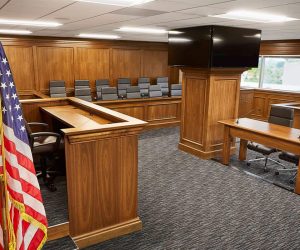
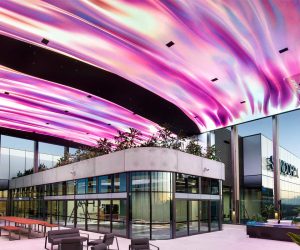
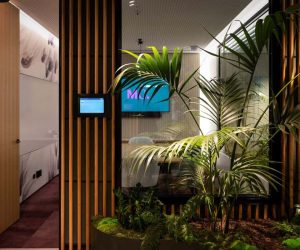

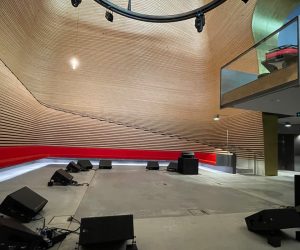

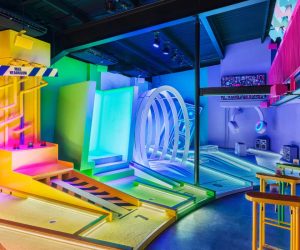

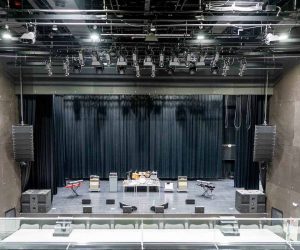
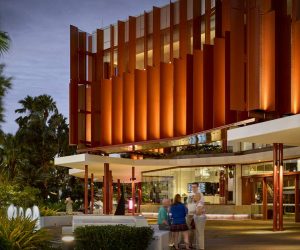



RESPONSES